Home>Garden Essentials>How Did The Crop Rotation System That Developed In Britain During The Agricultural
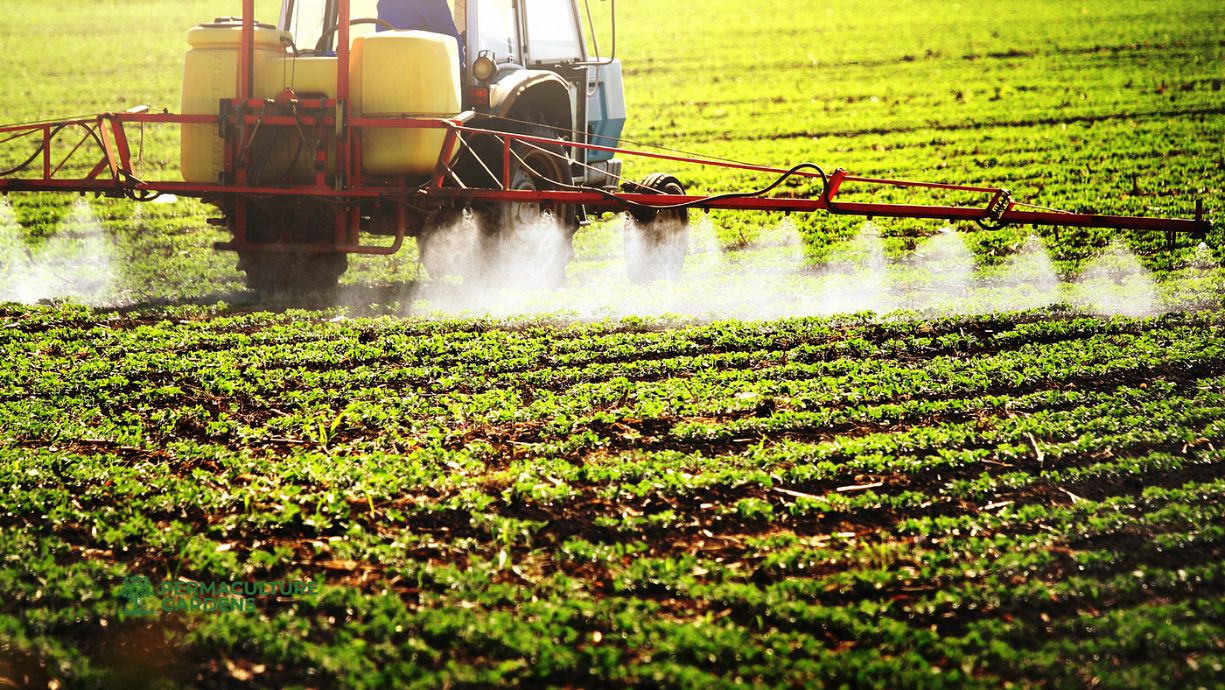

Garden Essentials
How Did The Crop Rotation System That Developed In Britain During The Agricultural
Modified: March 16, 2024
Discover the effectiveness of the crop rotation system in British agriculture and its impact on garden cultivation. Learn how this innovative system revolutionized the way crops were grown.
(Many of the links in this article redirect to a specific reviewed product. Your purchase of these products through affiliate links helps to generate commission for Storables.com, at no extra cost. Learn more)
Introduction
The crop rotation system is a pivotal development in the history of agriculture, particularly in Britain. This method, which involves the systematic rotation of crops within a field, has significantly transformed farming practices, leading to increased productivity, soil fertility, and sustainability.
In this article, we will delve into the historical background of British agriculture and explore the origins of the crop rotation system. We will also discuss the four-field crop rotation system and its benefits, as well as the impact it has had on British agriculture. Furthermore, we will examine the spread of this innovative agricultural practice and address some of the challenges and criticisms associated with it.
By delving into this topic, we hope to provide a comprehensive understanding of how the crop rotation system developed in Britain and its significant contributions to sustainable farming practices.
Key Takeaways:
- The Crop Rotation System, developed in Britain, improved soil fertility, increased crop yields, and promoted sustainable farming practices, benefiting farmers and the environment.
- Despite challenges, the Crop Rotation System revolutionized agriculture globally, preventing soil erosion, managing pests, and diversifying income for farmers, ensuring a sustainable future.
Historical Background of British Agriculture
The history of British agriculture stretches back thousands of years, characterized by various methods of cultivating crops and rearing livestock. In prehistoric times, early humans practiced subsistence farming, growing crops such as wheat and barley and raising animals for food and clothing.
During the Roman occupation of Britain from 43 to 410 AD, advanced agricultural techniques were introduced. The Romans brought with them improved tools, irrigation systems, and new crops, such as beans, peas, and cabbage. They also established large-scale farms, known as villas, where crops were grown and livestock were raised.
After the fall of the Roman Empire, agricultural practices in Britain underwent significant changes. The medieval period saw the rise of feudalism, with land owned by nobles and worked by serfs. The majority of land was used for livestock grazing, with limited cultivation of crops.
It was during the medieval period that the practice of three-field crop rotation emerged. This system involved dividing a field into three parts, with one segment left fallow, one planted with a cereal crop, and one planted with legumes. This rotation allowed for nutrient replenishment of the soil and increased agricultural productivity.
In the 18th century, the Agricultural Revolution brought about a transformation in British agriculture. Advancements in technology, such as the seed drill and the introduction of new crops like turnips and clover, revolutionized farming practices. These innovations increased crop yields and laid the foundation for the development of the crop rotation system.
Overall, the historical background of British agriculture has been marked by a gradual progression of farming techniques and practices, leading up to the introduction of the crop rotation system.
Origins of the Crop Rotation System
The origins of the crop rotation system can be traced back to the medieval period in Britain. Prior to the widespread adoption of this system, farmers predominantly practiced two-field crop rotation, which involved leaving half of the land fallow each year. However, this method had its limitations in terms of maintaining soil fertility and maximizing agricultural output.
The transition from two-field crop rotation to the more advanced four-field rotation system can be attributed to the innovations and experiments of prominent agriculturalists during the 16th and 17th centuries. One such key figure was Charles Townshend, an English farmer and Member of Parliament, who is often credited with popularizing the concept of crop rotation.
Charles Townshend, also known as “Turnip” Townshend, played a crucial role in revolutionizing agricultural practices by introducing turnips as a fodder crop. This innovative move allowed farmers to feed their livestock during the winter months, resulting in healthier animals and increased manure production for soil enrichment.
Building upon Townshend’s ideas, other agriculturalists and scientists, such as Jethro Tull and Thomas Coke, experimented with different crop rotation patterns. They realized the benefits of incorporating not only turnips but also other crops such as clover and ryegrass into the rotation system.
The four-field crop rotation system emerged as the most effective and sustainable approach. This method involved dividing the fields into four sections and rotating the crops each year. The first section would be planted with a cereal crop like wheat or barley, the second with a legume crop like peas or beans, the third with root crops such as turnips or potatoes, and the fourth left fallow to allow for soil regeneration.
The integration of legume crops and root crops into the cycle was critical for soil fertility improvement. Legumes have the ability to fix nitrogen from the air and convert it into a form that plants can utilize, replenishing the soil’s nutrient levels. Root crops, on the other hand, help break up the soil, improving its structure and drainage.
The crop rotation system proved highly effective in preventing soil nutrient depletion, reducing the risk of pests and diseases, and improving overall crop yields. Furthermore, it allowed for better utilization of land, increased labor efficiency, and reduced reliance on fallow periods.
The success of the crop rotation system in boosting agricultural productivity and sustainability led to its widespread adoption not only in Britain but also in other parts of Europe and eventually around the world.
The Four-Field Crop Rotation System
The four-field crop rotation system revolutionized British agriculture and became an essential practice for farmers during the Agricultural Revolution. This innovative system involved dividing the arable land into four sections, each dedicated to a specific crop. The four crops typically grown in this rotation were cereals, legumes, root vegetables, and fallow.
The first field in the rotation was planted with a cereal crop, such as wheat or barley. Cereal crops were an important staple in the diet and provided grains for human consumption and livestock feed. Their cultivation helped meet the growing demand for food in a rapidly expanding population.
In the second field, legumes were planted. Legumes, including peas and beans, have the unique ability to fix nitrogen from the air and convert it into a form that plants can use. This nitrogen fixation process helped replenish the soil’s nutrient levels, ensuring the fertility of the land without relying solely on manure or artificial fertilizers.
The third field was dedicated to root vegetables, such as turnips or potatoes. Root crops helped improve soil structure by breaking up compacted soil and enhancing drainage. They also acted as deep-rooted plants, accessing nutrients from deeper soil layers and bringing them to the surface.
The final field in the rotation was left fallow, meaning it was left unplanted for a whole growing season. This period of rest allowed the soil to regenerate and replenish its nutrients, reducing the risk of nutrient depletion and improving overall soil health.
The four-field crop rotation system brought numerous benefits to farmers. Firstly, it ensured a more balanced and sustainable use of the land. By rotating crops, farmers prevented the depletion of specific nutrients from the soil, which could occur when the same crop was continuously grown in the same area.
Secondly, the rotation system helped to control pests and diseases. Different crops have different susceptibility to pests and diseases, so by changing the crops each year, farmers disrupted the life cycles of these organisms, reducing their impact on the crops.
Thirdly, the inclusion of legumes in the rotation system improved soil fertility. Legumes have the ability to fix nitrogen from the air, reducing the need for artificial nitrogen fertilizers and providing an environmentally friendly method of nitrogen supplementation.
Lastly, the four-field crop rotation system increased overall crop yields. By maintaining soil fertility, controlling pests and diseases, and improving soil structure, farmers were able to produce healthier and more abundant crops.
The success of the four-field crop rotation system contributed significantly to the agricultural advancements of the time and laid the foundation for the future developments in sustainable farming practices.
Benefits of the Crop Rotation System
The adoption of the crop rotation system brought numerous benefits to farmers, the environment, and the overall sustainability of British agriculture. Let’s explore some of the key advantages of this innovative farming practice.
1. Improved Soil Fertility: One of the primary benefits of crop rotation is the improvement of soil fertility. By rotating crops, especially incorporating nitrogen-fixing legumes, the soil is enriched with essential nutrients. This promotes healthier plant growth and increases overall crop productivity.
2. Reduced Soil Erosion: Crop rotation also helps mitigate soil erosion. Different crops have varying root structures and growth habits. By rotating crops, farmers create a diverse root system that improves soil structure, reduces erosion, and enhances water infiltration, thereby preserving the fertility and health of the soil.
3. Pest and Disease Management: The crop rotation system disrupts the life cycles of pests and diseases. Different crops attract different pests, and by rotating crops, farmers can minimize pest infestations. Additionally, diseases that target specific crops are mitigated by crop rotation since the pathogens have a more limited host range.
4. Weed Control: Crop rotation helps control weeds. Some weed species have specific crop affinities, meaning they prefer to grow alongside certain crops. By rotating crops, farmers disrupt the growth cycles of weeds and reduce their presence, minimizing competition for resources and improving overall crop health.
5. Sustainable Nutrient Management: The crop rotation system allows for sustainable nutrient management. By alternating nitrogen-depleting crops like cereals with nitrogen-fixing crops like legumes, farmers can reduce their reliance on synthetic fertilizers. This not only saves costs but also decreases the environmental impact associated with chemical fertilizers.
6. Increased Crop Yields: The systematic rotation of crops has been shown to increase crop yields. By maintaining soil fertility, effectively managing pests and diseases, and optimizing nutrient availability, farmers can achieve higher yields and sustained productivity over time.
7. Diversification of Income: Crop rotation can diversify a farmer’s income stream. By growing a variety of crops, farmers can tap into different markets and reduce their reliance on a single crop. This diversification helps spread risk and create a more stable income for farmers.
8. Enhanced Sustainability: Ultimately, the crop rotation system promotes sustainable agriculture. By preserving soil health, reducing the use of chemical inputs, and improving overall ecosystem balance, crop rotation contributes to the long-term sustainability of farming practices, ensuring the viability of agricultural production for future generations.
The benefits of the crop rotation system are significant and have played a crucial role in the development of sustainable agriculture practices in Britain and beyond. Through this practice, farmers can optimize yields, protect the environment, and ensure the long-term health and productivity of their land.
Try implementing a 4-field rotation system with crops like wheat, turnips, barley, and clover. This can improve soil fertility and reduce the risk of crop failure.
Impact of the Crop Rotation System on British Agriculture
The adoption of the crop rotation system had a profound impact on British agriculture, revolutionizing farming practices and leading to significant advancements in productivity, sustainability, and overall agricultural outcomes. Let’s explore the key impacts of this innovative system.
1. Increased Crop Yields: The crop rotation system greatly improved crop yields. By rotating crops and replenishing soil nutrients naturally, farmers were able to achieve healthier plants with higher yields. This increased productivity played a crucial role in meeting the growing demands for food in a rapidly expanding population.
2. Improved Soil Fertility: The systematic rotation of crops helped improve soil fertility and health. By incorporating nitrogen-fixing legumes and root crops, the soil’s nutrient content was replenished, enhancing its productivity. This, in turn, led to sustained yields and reduced reliance on synthetic fertilizers.
3. Sustainable Farming Practices: The crop rotation system promoted sustainability in agriculture. By diversifying crops and reducing reliance on chemical inputs, farmers were able to create a more balanced and environmentally friendly farming system. This approach helped prevent soil degradation, improved water quality, and preserved biodiversity.
4. Soil Erosion Prevention: The four-field crop rotation system played a critical role in preventing soil erosion. By incorporating diverse crops with varying root structures and growth habits, the soil structure was improved, minimizing erosion caused by wind and water. This helped preserve the integrity and productivity of agricultural land.
5. Pest and Disease Management: Crop rotation effectively managed pests and diseases. By rotating crops, farmers disrupted the life cycles of pests and reduced the prevalence of specific diseases. This approach decreased the reliance on pesticides, resulting in lower input costs and decreased environmental impact.
6. Economic Resilience: The crop rotation system contributed to economic resilience for farmers. By diversifying the crops grown, farmers reduced their vulnerability to market fluctuations and crop failures. This diversified approach allowed for a more stable income and reduced the financial risks associated with relying on a single crop.
7. Transformation of Agricultural Landscape: The widespread adoption of the crop rotation system led to a transformation of the agricultural landscape in Britain. Fields became more productive, and the overall health of the land improved. This led to more sustainable and efficient land use, contributing to the overall development of rural areas.
8. Knowledge Sharing and Innovation: The introduction of the crop rotation system sparked knowledge sharing and innovations in agriculture. Farmers, agriculturalists, and scientists exchanged ideas and experimented with crop rotation patterns, contributing to further advancements in sustainable farming practices and agricultural knowledge.
The impact of the crop rotation system on British agriculture cannot be overstated. From increased crop yields and improved soil fertility to sustainable farming practices and economic resilience, this innovative approach transformed the agricultural industry in Britain and continues to be an essential practice for farmers worldwide.
Spread of the Crop Rotation System
The crop rotation system, developed in Britain during the Agricultural Revolution, quickly gained recognition for its numerous benefits and began to spread across the country. Its success prompted farmers in other countries to adopt this innovative practice, eventually leading to its global dissemination. Let’s explore the spread of the crop rotation system.
1. Adoption in Europe: The crop rotation system rapidly gained popularity in Europe, with neighboring countries such as France, Germany, and the Netherlands adopting the practice. Agriculturalists and farmers in these regions recognized the benefits of crop rotation in improving soil fertility, increasing yields, and promoting sustainable farming practices.
2. Influence on Colonial Agriculture: British colonial powers, such as Spain, Portugal, and the Netherlands, introduced the crop rotation system to their overseas territories. In regions like North and South America, Africa, and Asia, this agricultural practice helped transform colonial agriculture by improving productivity and sustainability.
3. Integration into Traditional Farming Systems: In many regions, including Asia and Africa, the crop rotation system was integrated into existing traditional farming systems. Farmers adapted the concept to suit their local conditions, incorporating local crops and traditional knowledge to enhance their agricultural practices.
4. Agrarian Reforms: The spread of the crop rotation system was further facilitated by agrarian reforms that aimed to improve agricultural productivity and land management. Governments and agricultural organizations in various countries recognized the value of the crop rotation system and actively promoted its adoption through educational campaigns and support programs.
5. Scientific Research and Advancements: Scientific research and advancements in agricultural practices played an important role in spreading the crop rotation system. Agricultural scientists conducted studies to validate the benefits of crop rotation, refine the rotation patterns, and explore the ecological and agronomic aspects of this practice. Their findings influenced farmers and policymakers, further promoting the adoption of crop rotation.
6. Exchange of Agricultural Knowledge: International agricultural exhibitions, conferences, and collaborative networks facilitated the exchange of agricultural knowledge and practices, including the crop rotation system. Farmers, agriculturalists, and scientists from different countries shared their experiences, techniques, and success stories, contributing to the spread of this innovative farming practice.
7. Modern Farming Practices: The principles of the crop rotation system continue to be incorporated into modern farming practices. While the specific rotation patterns may vary depending on local conditions, farmers globally recognize the importance of diversifying crops and managing soil fertility. Sustainable agriculture movements and organic farming practices also emphasize the use of crop rotation for soil health and ecological balance.
The spread of the crop rotation system has had a transformative impact on agriculture worldwide. Through its adoption, farmers and agriculturalists have been able to improve crop yields, preserve soil health, and promote sustainable farming practices, contributing to food security, environmental conservation, and rural development.
Challenges and Criticisms
While the crop rotation system has proven to be a highly effective and beneficial agricultural practice, it is not without its challenges and criticisms. Let’s explore some of the main challenges and criticisms associated with this system.
1. Limited Crop Selection: One challenge of the crop rotation system is the limited range of crops that can be effectively rotated. Certain regions may have specific climatic conditions or soil types that make it difficult to incorporate a diverse range of crops into the rotation. This can limit the flexibility and adaptation of the system to local contexts.
2. Increased Labor and Management: The adoption of the crop rotation system requires careful planning, management, and monitoring. Farmers need to assess soil conditions, determine appropriate crop rotations, and manage the timing of planting and harvesting. This can increase the overall labor and management demands on farmers, especially for those with larger land holdings.
3. Market Constraints: The crop rotation system may face challenges in terms of market demand. Certain crops in the rotation may have limited marketability or lower market prices compared to others. Farmers need to carefully consider market demands and plan their crop rotations accordingly to ensure profitability and market access.
4. Land Constraints: Limited land availability can pose challenges for implementing the crop rotation system. In densely populated areas or areas with land-use restrictions, it may be difficult for farmers to allocate enough land for the different crops in the rotation. This can limit their ability to fully harness the benefits of the system.
5. Yield Variability: While the crop rotation system generally improves crop yields over the long term, there may be variations in yields for individual crops within the rotation. Factors such as weather, pests, diseases, and soil conditions can affect the performance of specific crops, leading to variability in yields. Farmers need to carefully consider these factors and adapt their crop rotations accordingly.
6. Knowledge and Education: The successful implementation of the crop rotation system requires knowledge and understanding of its principles and best practices. Lack of access to education and training can hinder farmers’ ability to effectively adopt and benefit from this system. Providing farmers with the necessary knowledge and resources is essential for maximizing the potential of crop rotation.
7. Resistance to Change: Traditional farming practices and cultural norms can sometimes create resistance to change and the adoption of new techniques such as crop rotation. Farmers who have been following long-standing practices may be hesitant to alter their methods, requiring additional efforts to raise awareness and showcase the benefits of the system.
While these challenges and criticisms exist, they can be overcome through education, research, and support. Governments, agricultural organizations, and researchers play a crucial role in addressing these challenges, providing training programs, conducting further research, and developing policies that promote the widespread adoption and successful implementation of the crop rotation system.
Conclusion
The crop rotation system, developed in Britain during the Agricultural Revolution, has become a cornerstone of sustainable farming practices and has had a profound impact on agriculture globally. By systematically rotating crops and managing soil fertility, farmers have achieved increased crop yields, improved soil health, and contributed to the long-term sustainability of agriculture.
The historical background of British agriculture and the innovations of agriculturalists such as Charles Townshend laid the foundation for the development of the crop rotation system. Through the incorporation of diverse crops such as cereals, legumes, root vegetables, and fallow periods, farmers were able to enhance soil fertility, control pests and diseases, and increase overall productivity.
The benefits of the crop rotation system are significant. It improves soil fertility, reduces soil erosion, provides natural pest and disease management, promotes sustainable nutrient management, and increases overall crop yields. This innovative practice also offers economic resilience, diversifies income sources for farmers, and contributes to the long-term sustainability of agriculture.
The spread of the crop rotation system was facilitated by knowledge sharing, agricultural reforms, scientific advancements, and international collaborations. Farmers in Europe and across the globe recognized the value of this practice and incorporated it into their traditional farming systems. Additionally, the integration of crop rotation into colonial agriculture and modern farming practices further contributed to its dissemination.
However, challenges and criticisms exist, including limited crop selection, increased labor and management, market constraints, land limitations, and yield variability. Addressing these challenges requires continued education, research, and support to enable farmers to fully realize the benefits of the crop rotation system.
In conclusion, the crop rotation system stands as a testament to the ingenuity and innovation of farmers and agriculturalists in Britain and beyond. This practice has transformed agriculture, improving crop yields, preserving soil fertility, and promoting sustainability. It serves as a model for the development of resilient and environmentally friendly farming systems worldwide, ensuring a more sustainable future for agriculture and food production.
Frequently Asked Questions about How Did The Crop Rotation System That Developed In Britain During The Agricultural
Was this page helpful?
At Storables.com, we guarantee accurate and reliable information. Our content, validated by Expert Board Contributors, is crafted following stringent Editorial Policies. We're committed to providing you with well-researched, expert-backed insights for all your informational needs.

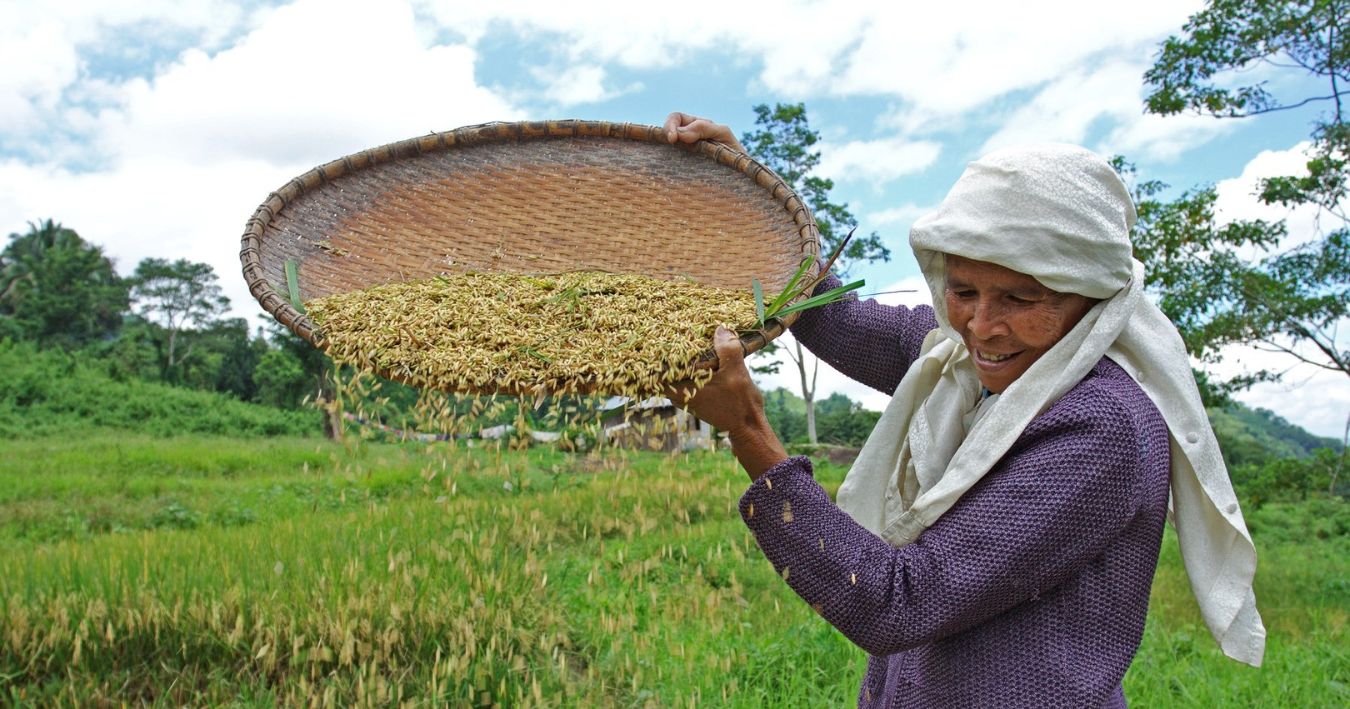
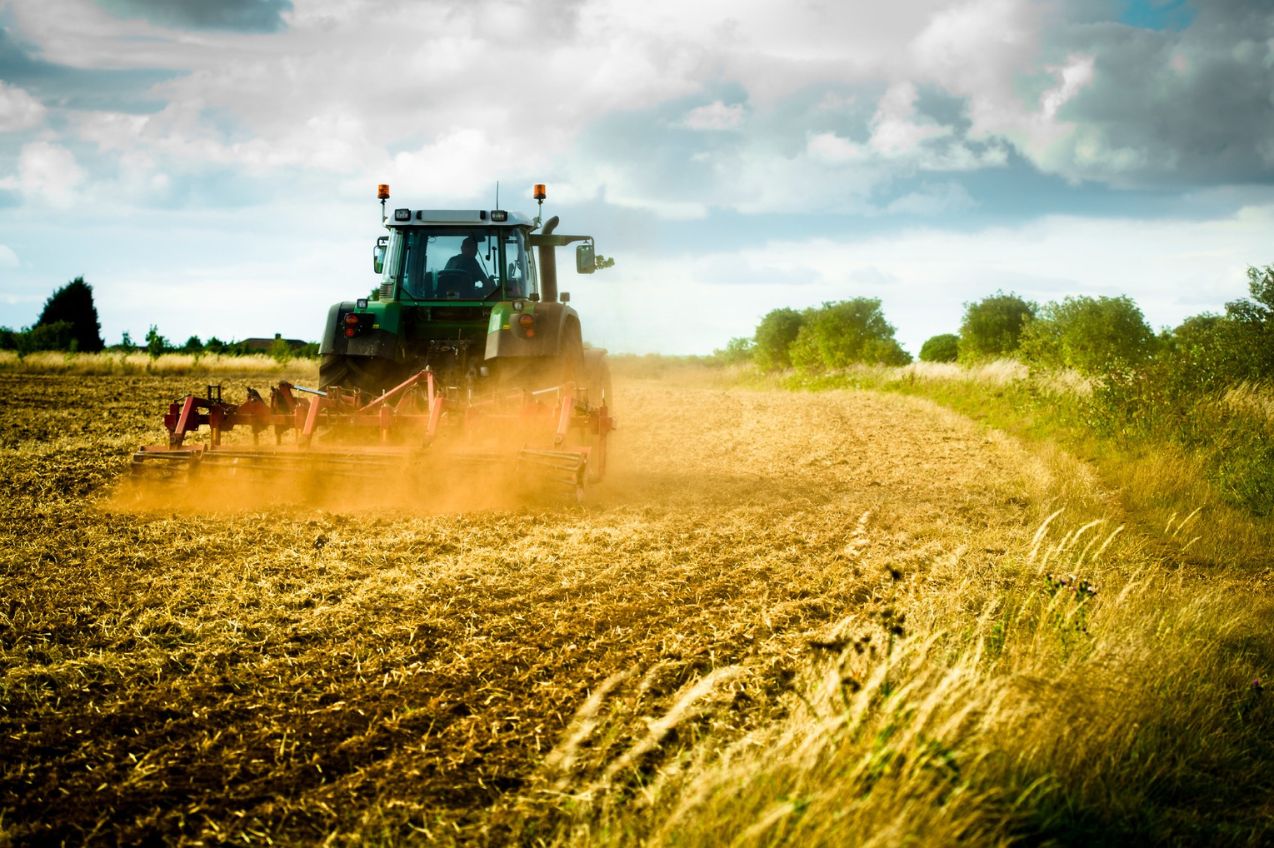


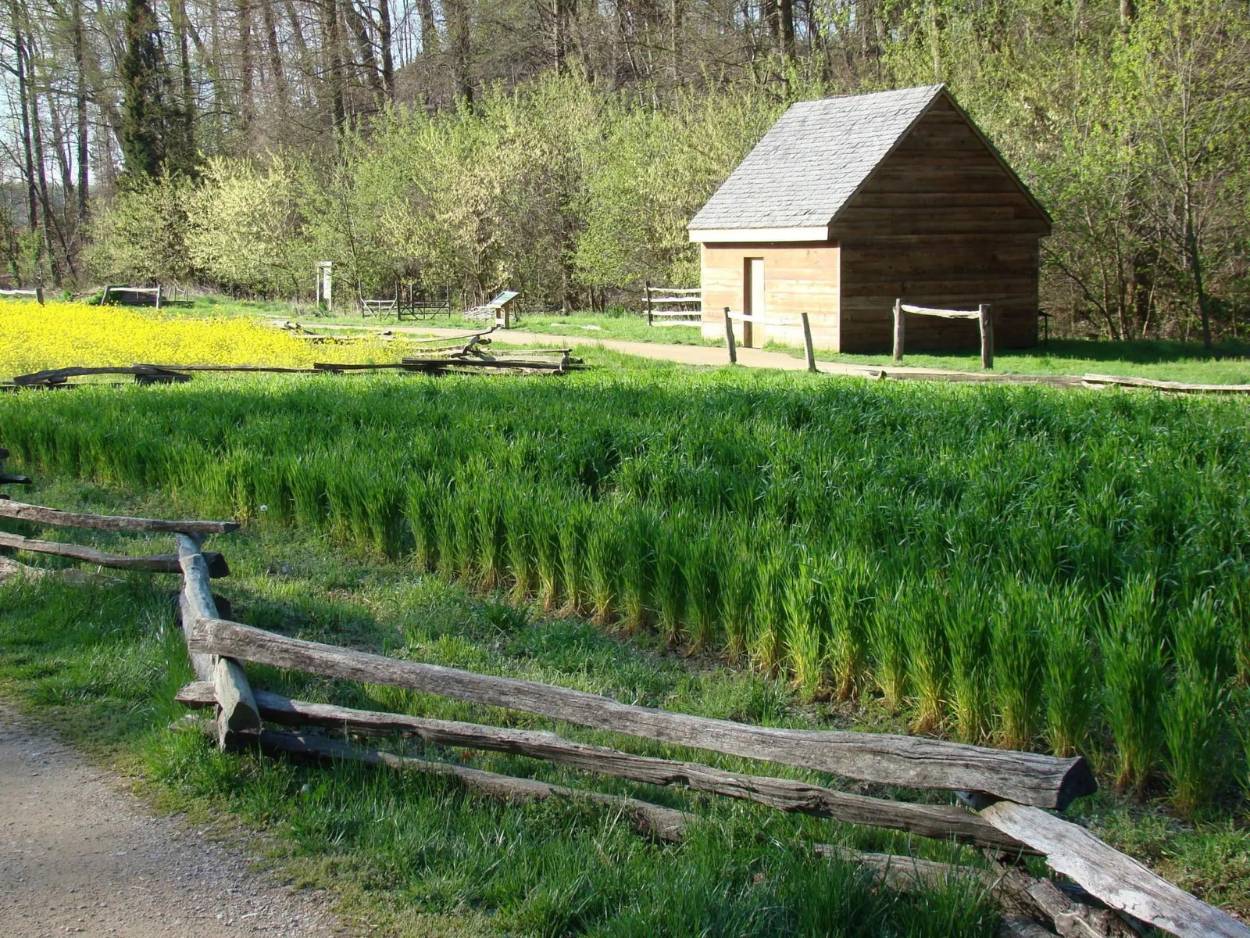
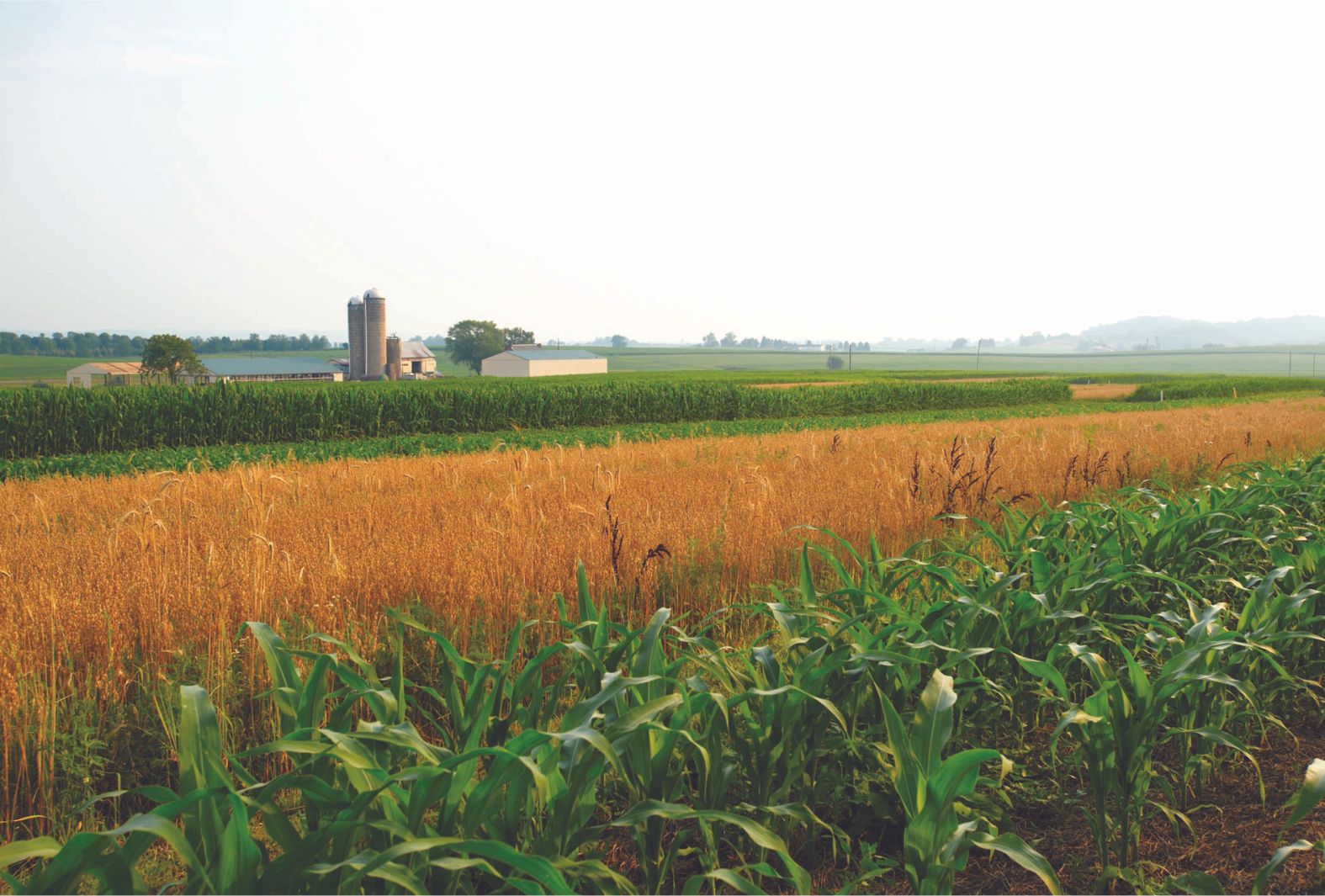
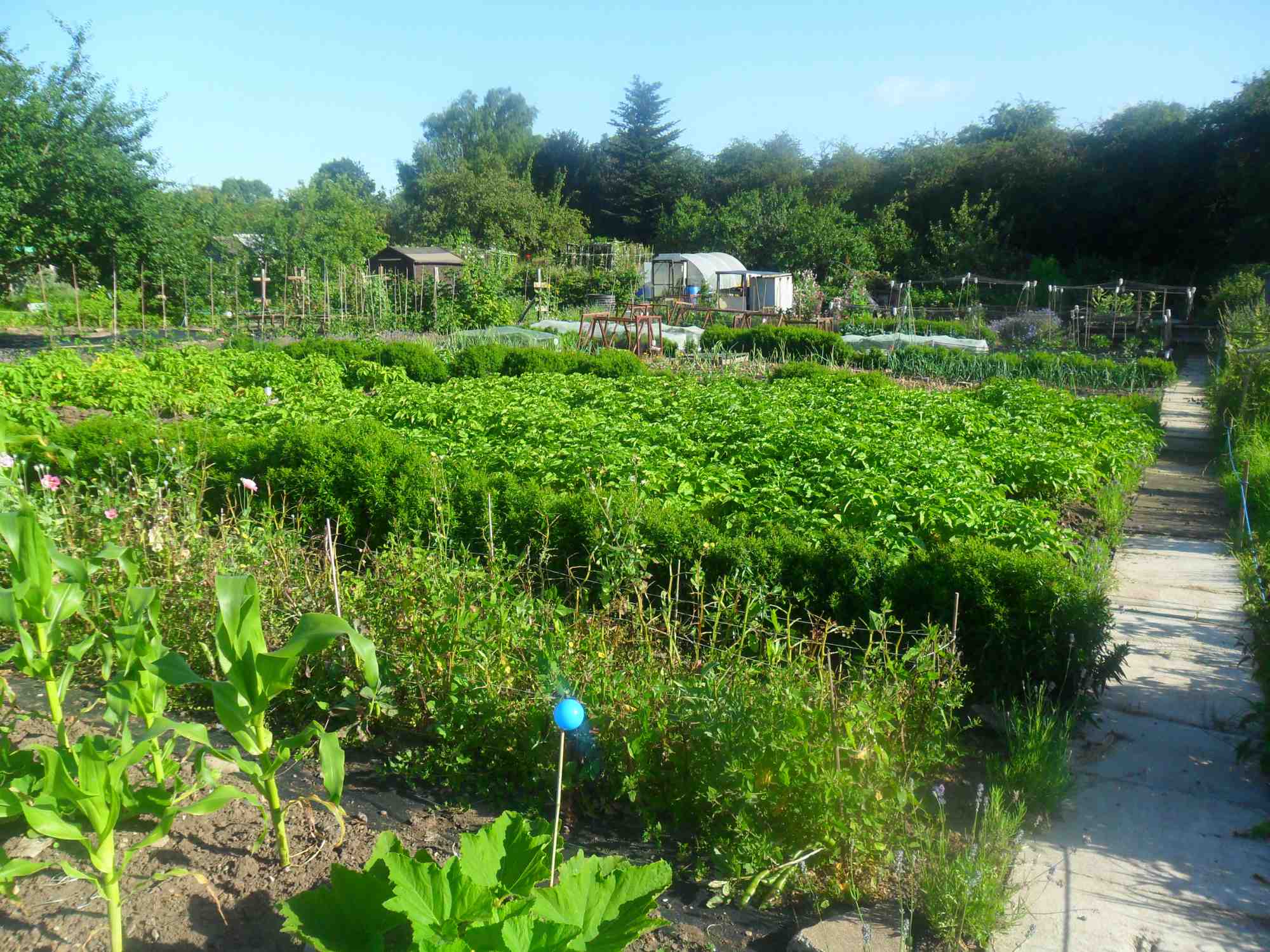
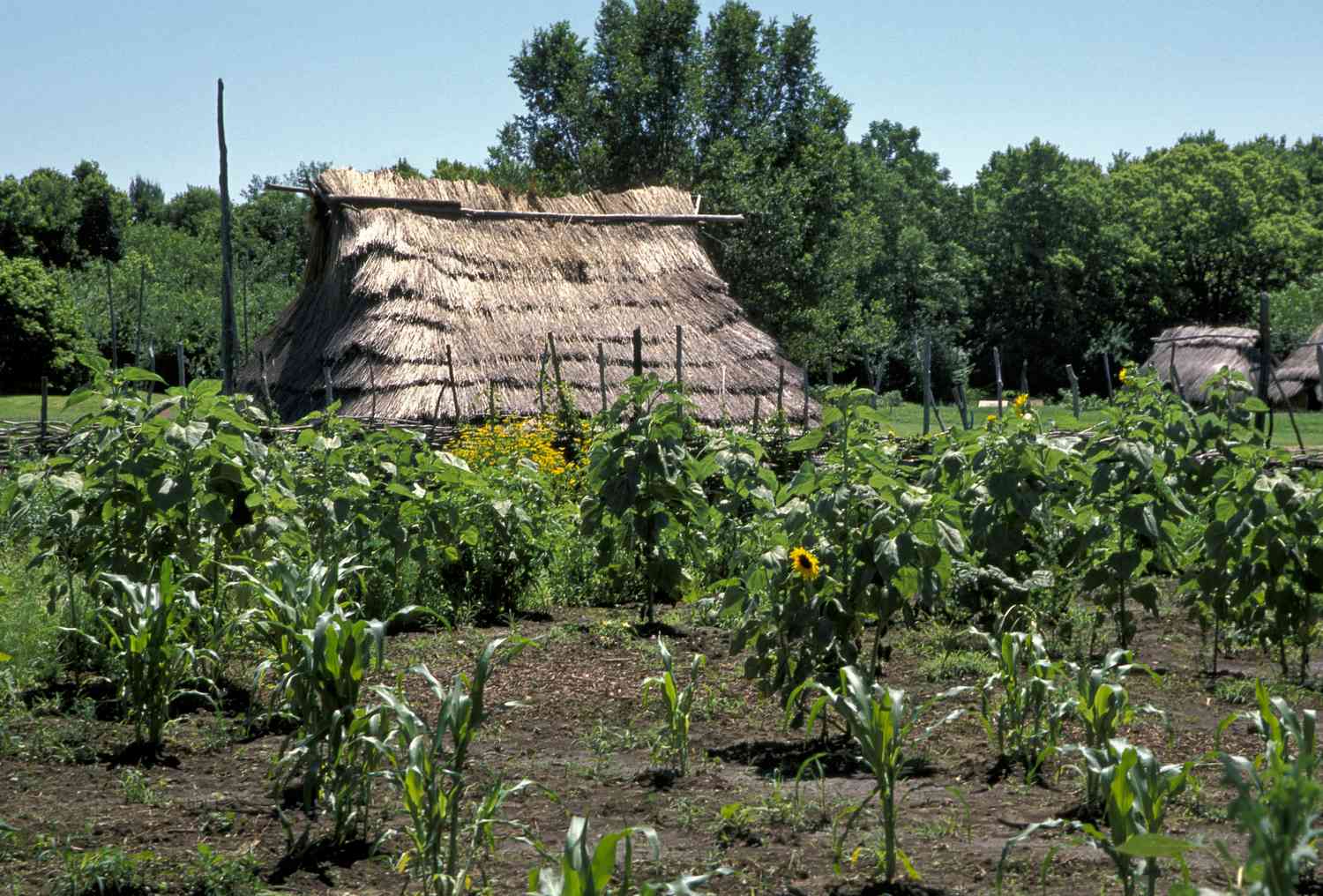
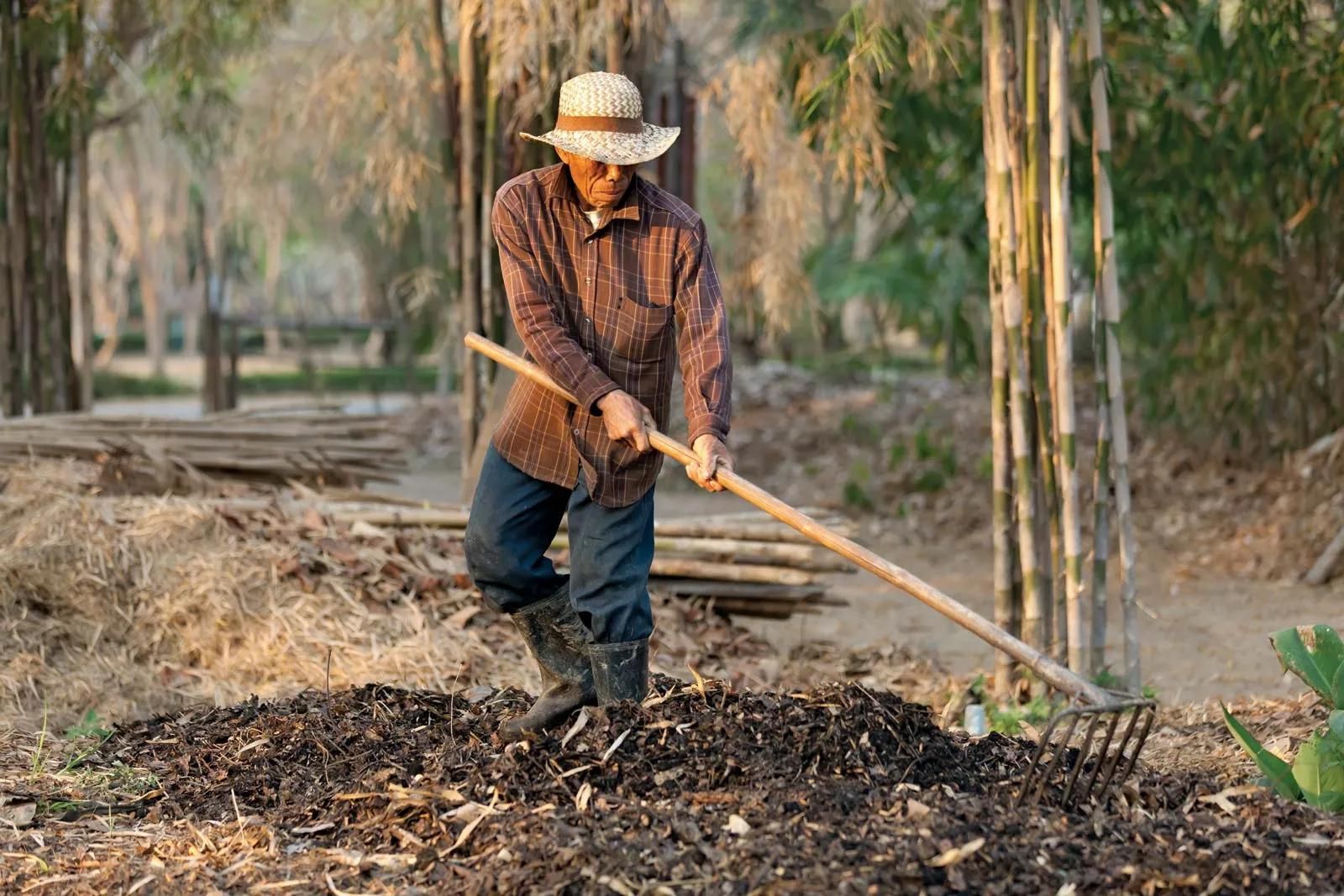
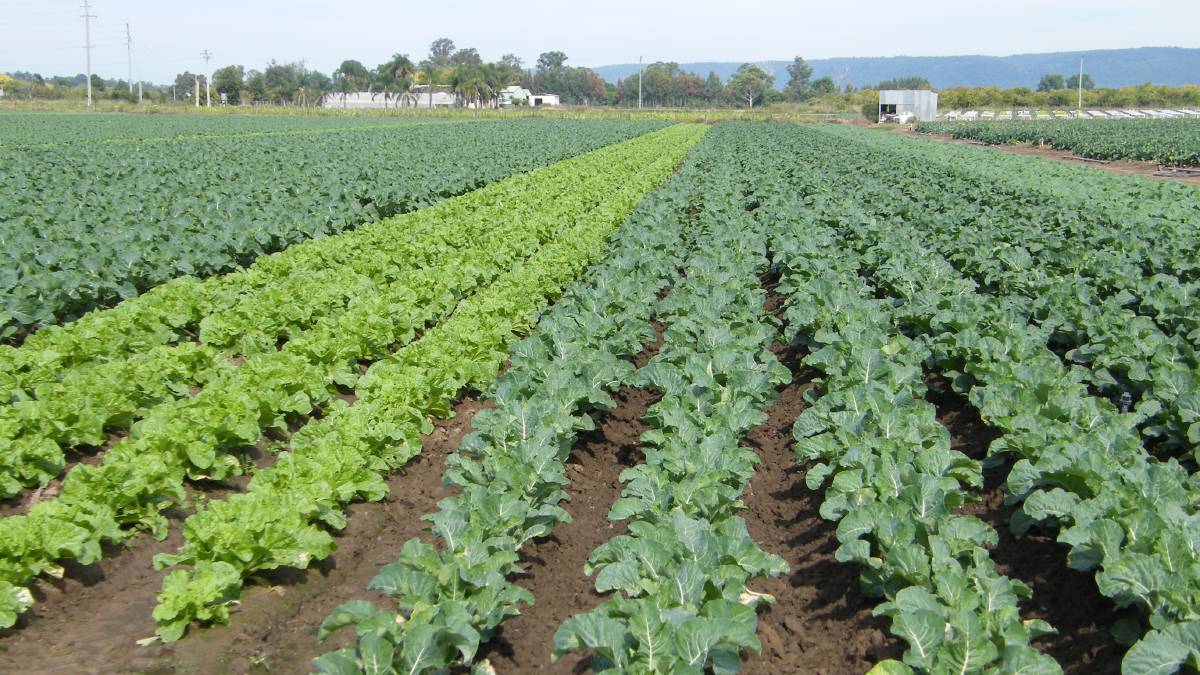
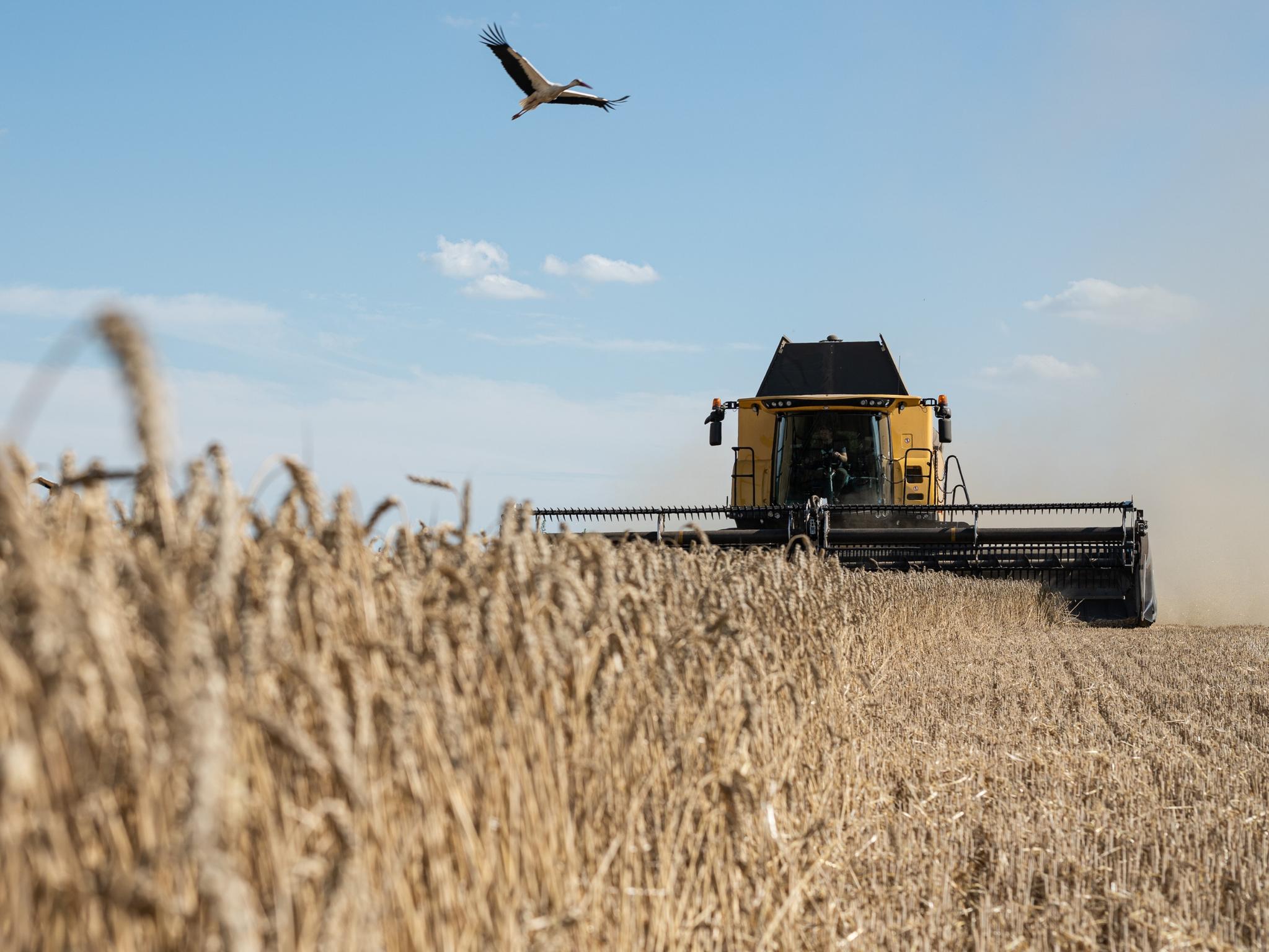
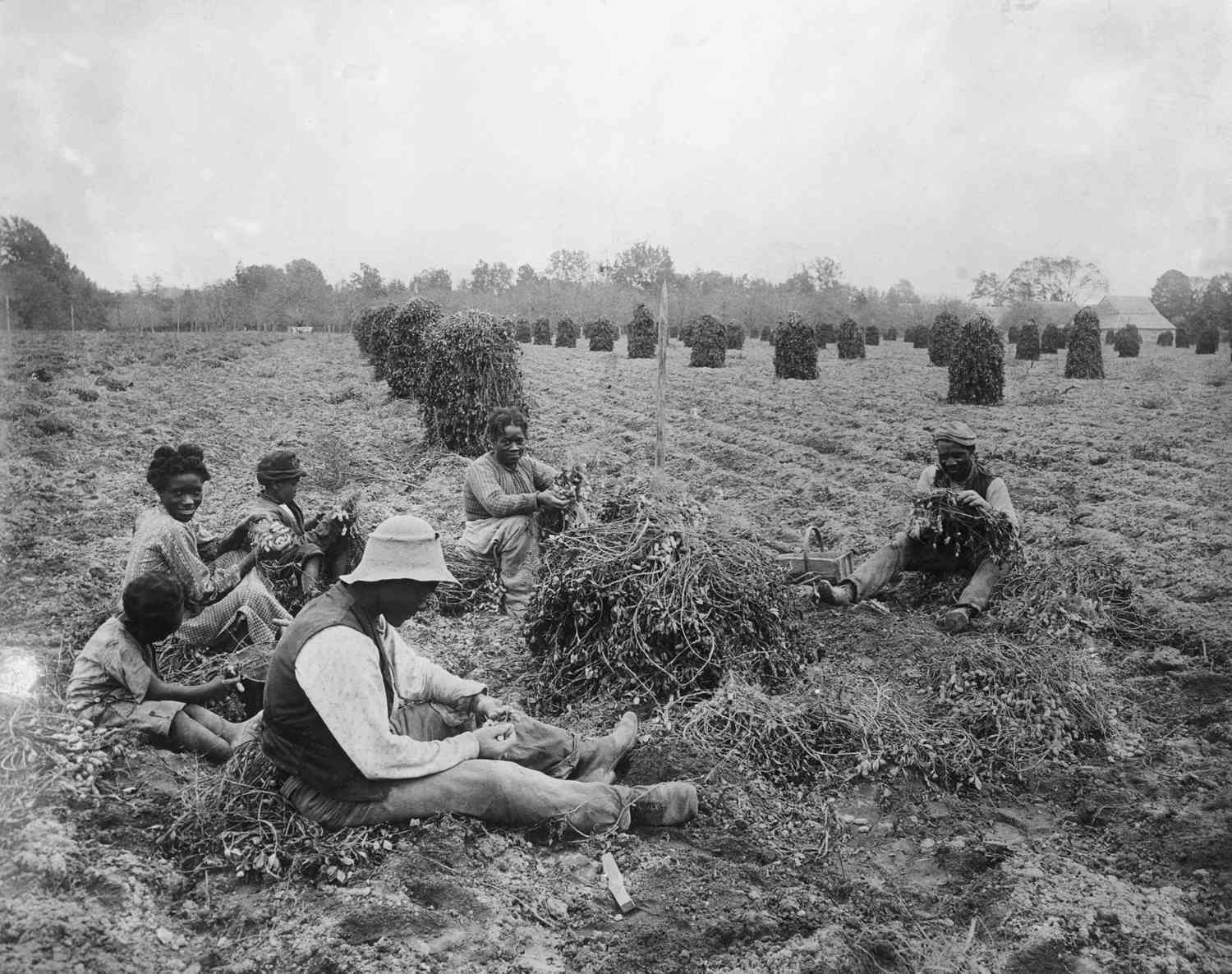


0 thoughts on “How Did The Crop Rotation System That Developed In Britain During The Agricultural”